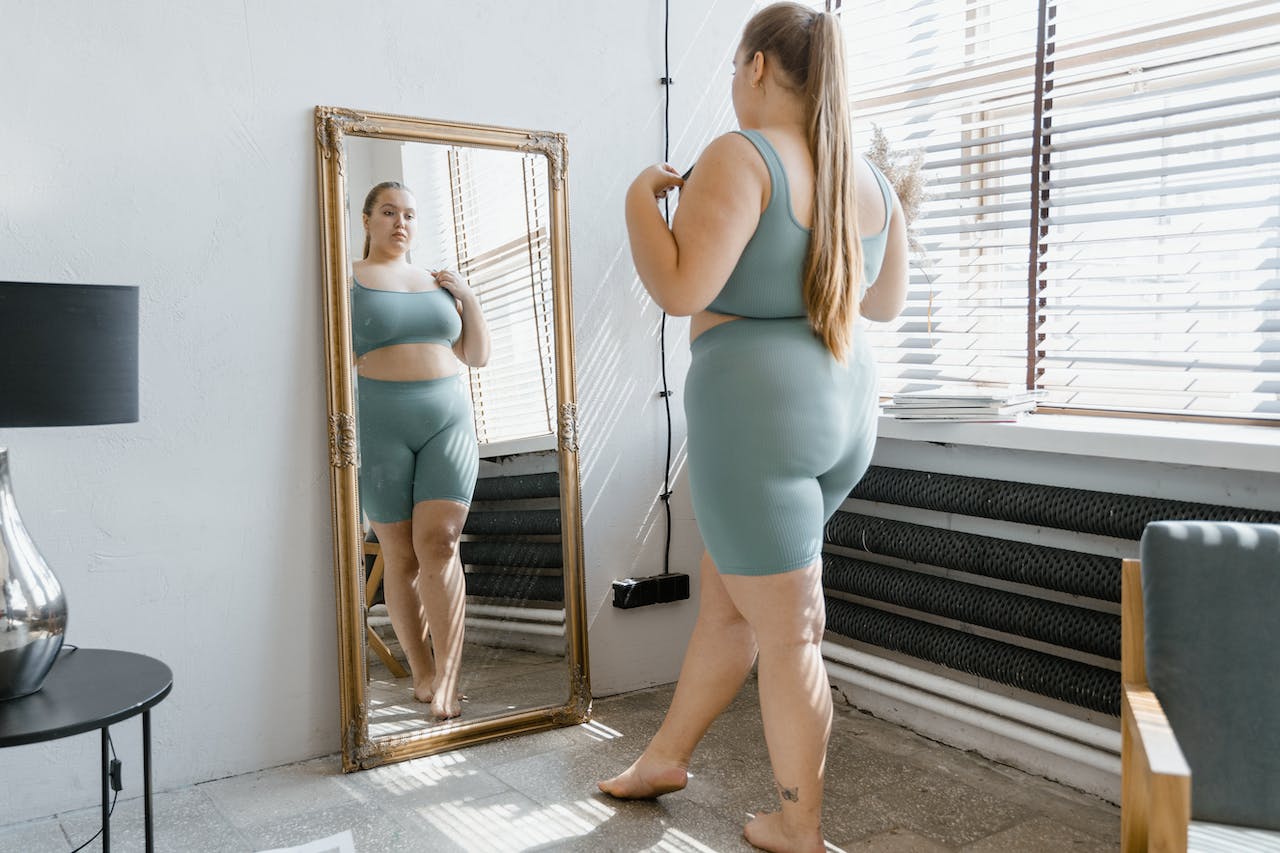Maximizing Women's Fitness and Recovery: The Science Behind Compression Wear

In the realm of athletic performance and post-workout recovery, the role of compression wear has garnered significant attention. Particularly for women engaged in various fitness activities, understanding the science behind compression wear can be pivotal in enhancing their workout experiences and expediting recovery. This blog delves into the facts and scientific evidence supporting the benefits of compression wear for women's fitness and recovery.
Understanding Compression Wear:
Compression wear refers to garments like leggings, shorts, tops, and socks that apply graduated pressure to specific body parts. These garments are designed to improve circulation, provide muscle support, and potentially aid in recovery post-exercise. The pressure exerted by compression wear is usually tighter at the extremities and gradually decreases towards the core.
Improved Circulation and Oxygenation:
Scientific studies have highlighted that compression wear, through its snug yet not restrictive fit, can enhance blood circulation. For women engaging in workouts, this means better oxygenation of muscles during activity, potentially leading to improved performance and reduced fatigue.
Muscle Support and Reduced Fatigue:
The compression provided by these garments has shown promise in providing support to muscles during exercise. This support can decrease muscle oscillation and micro-tears, which might contribute to reduced soreness and fatigue, allowing women to push further in their workouts.
Enhanced Recovery:
Post-exercise recovery is a critical aspect of any fitness regimen. Compression wear has been suggested to aid in this process by promoting faster removal of metabolic waste, such as lactate, from muscles. Moreover, the increased blood flow facilitated by compression wear might quicken the delivery of nutrients to muscles, expediting the recovery phase.
Prevention of Delayed Onset Muscle Soreness (DOMS):
Several studies indicate that wearing compression garments post-exercise could potentially decrease the severity and duration of DOMS in women. This suggests that incorporating compression wear into recovery routines may mitigate the discomfort associated with intense workouts.
Customized Fit and Comfort:
Advancements in textile technology have allowed for the creation of compression wear tailored to women's bodies, ensuring a comfortable fit that doesn't compromise movement. Moisture-wicking fabrics further add to the comfort by regulating temperature and reducing sweat accumulation during workouts.
The application of compression wear in women's fitness and recovery routines is supported by scientific evidence highlighting its potential benefits. From enhancing circulation and muscle support during workouts to expediting post-exercise recovery, these garments offer promising advantages for women seeking to optimize their athletic performance and well-being.
Before incorporating compression wear into one's fitness regimen, consulting with a healthcare professional or fitness expert is advisable. Nonetheless, the evidence-backed benefits of compression wear make it a compelling option for women striving to maximize their fitness potential and expedite recovery after challenging workouts.







